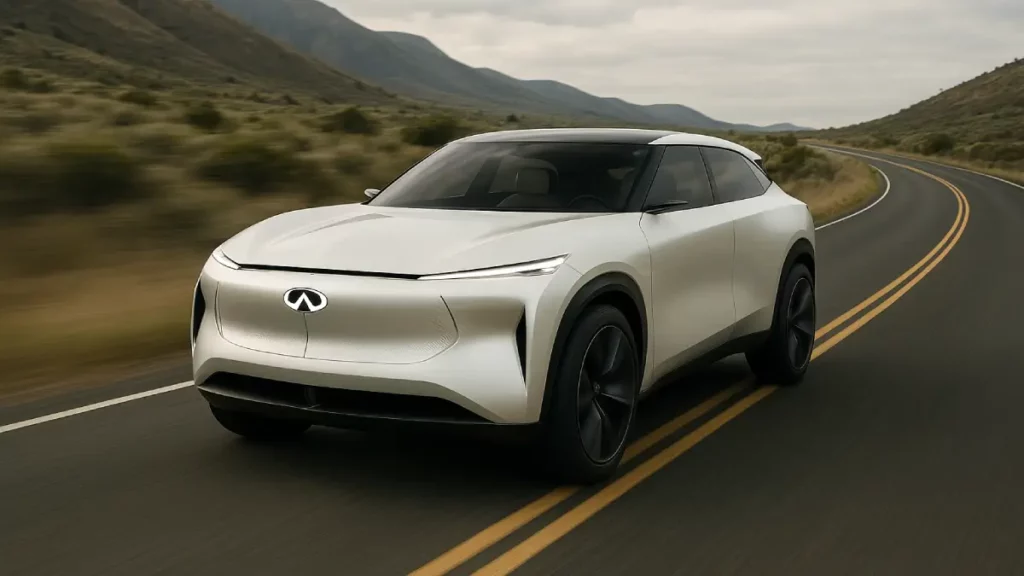Get ready for some super exciting car news! Have you heard of INFINITI? They make really fancy and cool cars, known as the luxury part of the Nissan family.
Well, guess what? Big changes are coming! We’re going to dive deep into the world of Infiniti electric vehicles.
Right now, if you go looking for an INFINITI electric car, you won’t find one in the showrooms. But hold on, don’t click away! The future is closer than you think…
Even though they don’t have electric cars *today*, INFINITI has revealed some amazing plans. They are getting ready to launch some incredible new Infiniti electric vehicles very soon, and we’ve got all the scoop!
They’ve shown off some ideas for what these future cars will look like, and trust us, they look awesome. It’s like getting a sneak peek into the future of driving!

Before we zoom ahead, let’s quickly talk about what an electric vehicle, or EV, is. Think of it like a toy car that runs on batteries, but much, much bigger and way more powerful! Instead of using gasoline like most cars today, electric cars use electricity stored in big batteries.
You plug them in to charge them up, kind of like your phone or tablet.
Electric cars are often quieter, smoother to drive, and they don’t produce tailpipe pollution like gas cars, which is better for our air. Many people are excited about electric vehicles because they are seen as the future of driving.
INFINITI recently pulled the covers off something truly special: the Vision Qe concept car. What’s a concept car? It’s like a drawing or a model that shows what a future car *might* look like. And the Vision Qe gives us the very first look at INFINITI’s first-ever all-electric car!